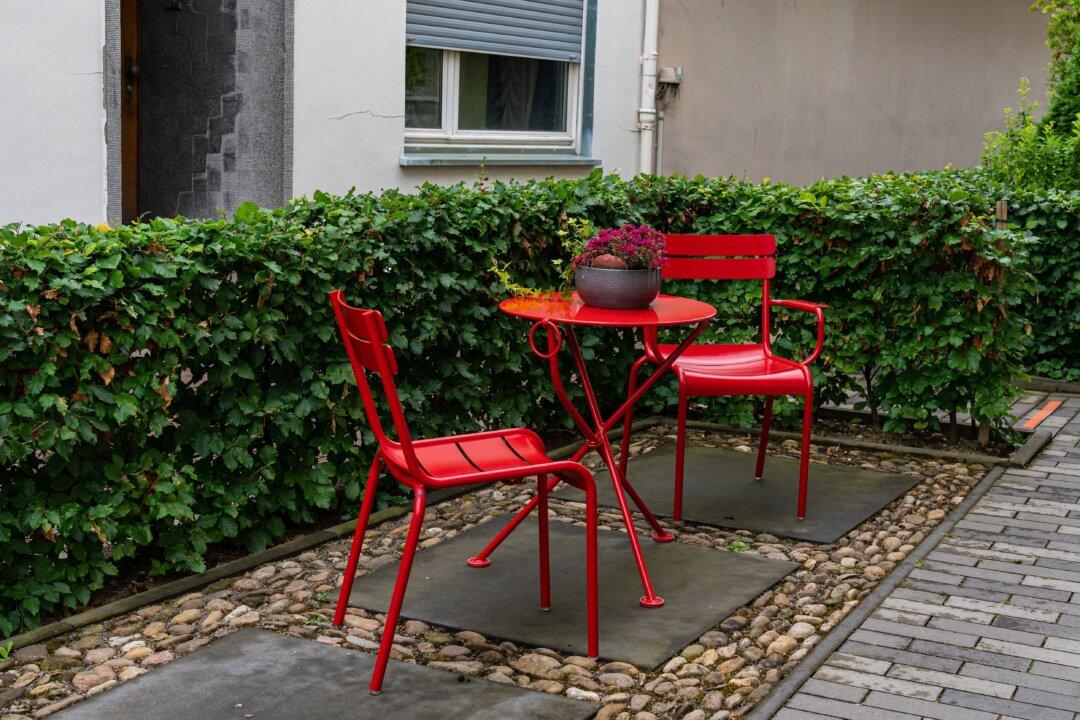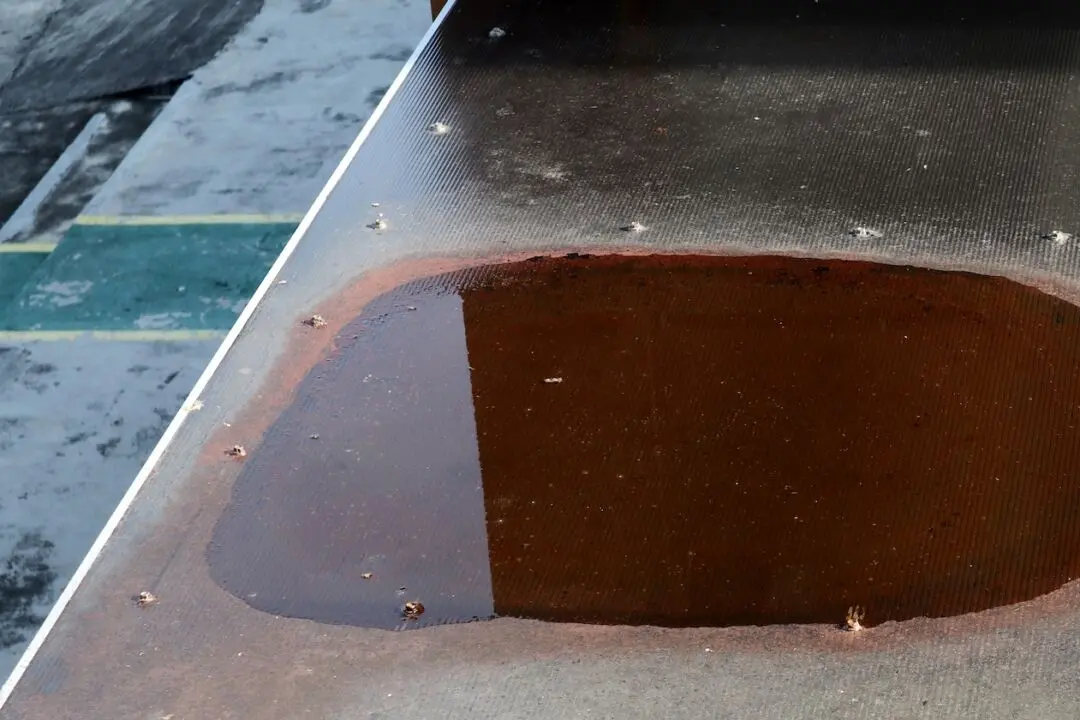Dear James: Our metal patio chairs and table have rusted badly, but still appear reasonably sound. What’s the best way to remove the rust and to repaint them?—Elle S.
Dear Elle: Any painted metal furniture made of steel or iron will rust over time. Once it starts to rust in a few spots, it will progress rapidly over more spots and under the layer of paint so, in the future, don’t wait to fix it if you start to notice rust.





